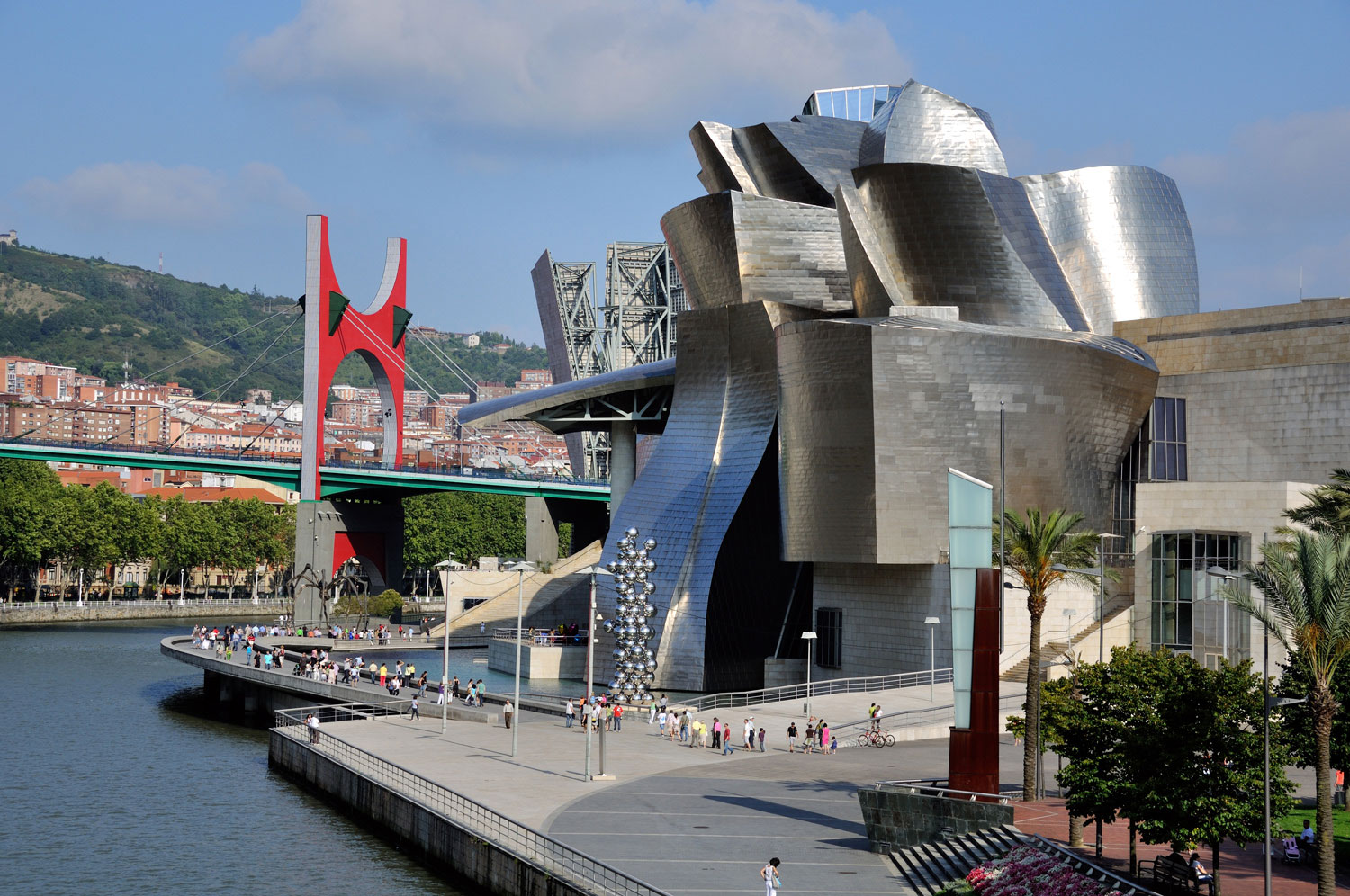Crosscutting Artistic Creations, Between Technology, Natural and Social Sciences: Eco-ethical stakes and challenges
- Emeline Gougeon, Pierre-Antoine Chardel
- Date: 2019
- Published in: Sharing Society. The Impact of Collaborative Collective Actions in the Transformation of Contemporary Societies, pp. 514-525
- On many aspects of our post-Duchampian information societies, a transition from a culture of object to a culture of flux and interaction takes place. Or wouldn’t we be in an in-between? Facing up to ecological and technological concerns entailed by mass production and consumption, and more recently by the growing presence of screens, algorithms and robots, not only do we apprehend differently the act of sharing and the idea of common good, but we also are pushed into reconsidering other related fundamental concepts and critical ways of living and being; in other words, our place, actions and impacts in the world. Which values and representations hypermodern societies assign to the idea of intelligence and humanness for instance? Which ethical and esthetic relations is it possible to maintain with life? What kind of thoughts and actions are allowed within the paradigmatic, sociocultural, and technoscientific frameworks in which we live? Since its emergence, what we call art has never ceased to participate in the experience of life in enriching our links to the world. In view of the transformation(s) of our contemporary societies, artistic creation appears to be a singular prism. Our proposal on the impact of collective actions in societal changes focuses on a selection of collaborative art at the intersection of technology and philosophy, natural and social sciences. The projects in question are: The Machine to Be Another by the collective Beanotherlab, the interactive Generative Visual Renku project by Fox Harrell and Kenny Chow, and EDEN by the artist Olga Kisseleva in collaboration with INRA and Orange Art Factory. Addressing the “acting and interactive subject”, we will see to what extent these crosscutting artistic forms and dialogues accompany certain societal transformations in shedding light on the notions of humanness and otherness, but also on semi-visible representations and forces that are necessary to question. Therefore, how collaborative art can offer vital sidesteps and critical thinking spaces to create just as necessary horizons of meaning and actions. Finally, this paper aims to question the kind of meaning and actions it is possible to develop; in other words, the considerable eco-ethical challenges hold within our fast-changing societies.
- Language: English
- Image: © Depositphotos - Stepan Emakov
